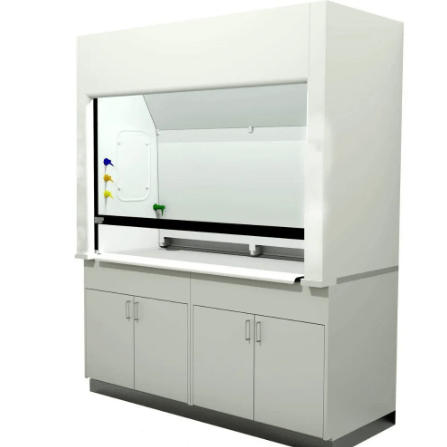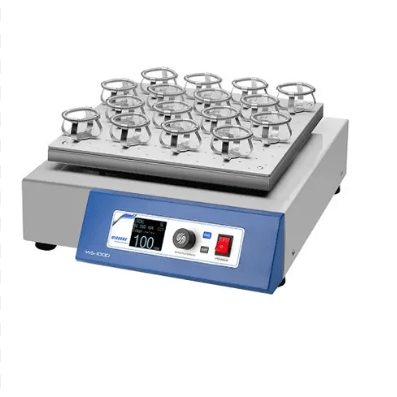Introduction to Deep Freezers: Deep freezers, also known as ultra-low temperature freezers or cryogenic freezers, are indispensable appliances in various industries, including healthcare, research laboratories, food storage facilities, and pharmaceutical manufacturing. These specialized freezers are designed to maintain temperatures well below the freezing point of water, typically ranging from -20°C to as low as -86°C or even lower, depending on the model and application.
Preserving Perishables: The primary function of deep freezers is to preserve perishable items such as food, biological samples, vaccines, blood products, and reagents for extended periods without compromising their integrity or efficacy. By maintaining stable and ultra-low temperatures, deep freezers effectively inhibit microbial growth, enzyme activity, and chemical degradation, ensuring the long-term viability and safety of stored contents.
Applications Across Industries: Deep freezers find extensive use in various industries and sectors. In healthcare settings, they are critical for storing sensitive biological materials, vaccines, and blood products, safeguarding against spoilage and contamination. Research laboratories rely on deep freezers to preserve valuable specimens, cell lines, and experimental reagents, enabling scientists to conduct experiments with confidence and reproducibility.
In the food industry, deep freezers play a vital role in extending the shelf life of perishable goods, preserving flavor, texture, and nutritional value while minimizing food waste. Similarly, in pharmaceutical manufacturing, these freezers are indispensable for storing temperature-sensitive drugs, raw materials, and intermediates, ensuring compliance with regulatory requirements and maintaining product quality throughout the supply chain.
Features and Considerations: Modern deep freezers are equipped with advanced features to enhance performance, convenience, and energy efficiency. These may include digital temperature controls, alarms for temperature deviations, adjustable shelving systems, and insulation materials optimized for maximum thermal efficiency. Additionally, some models offer features such as automatic defrost cycles, data logging capabilities, and remote monitoring options for added convenience and peace of mind.
When selecting a deep freezer, factors such as storage capacity, temperature range, energy efficiency, footprint, and regulatory compliance should be taken into consideration to ensure suitability for specific applications and operational requirements.
Future Trends and Innovations: As technology continues to evolve, the future of deep freezer design and functionality holds exciting possibilities. Advancements in insulation materials, refrigeration systems, and energy management technologies are expected to drive improvements in performance, reliability, and sustainability. Additionally, innovations such as automated sample tracking systems, integration with cloud-based data management platforms, and enhanced connectivity features will further streamline operations and enhance user experience in research and healthcare settings.
Conclusion: In conclusion, deep freezers are indispensable tools for preserving perishable items and sensitive materials across various industries. Their ability to maintain ultra-low temperatures ensures the long-term viability and safety of stored contents, contributing to advancements in healthcare, research, food preservation, and pharmaceutical manufacturing. As technology advances and applications expand, deep freezers will continue to play a critical role in safeguarding valuable assets and ensuring product integrity in a wide range of environments.




